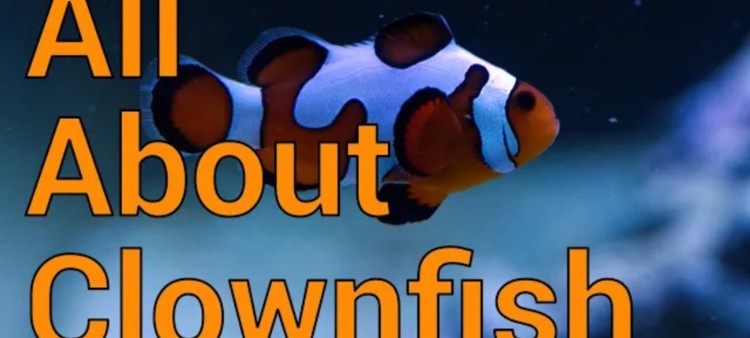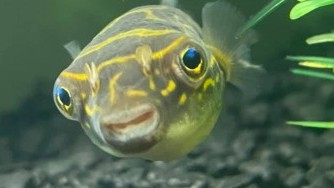Clownfish: A Complete Beginner's Guide
- Oct 29, 2021
- Anshika Mishra
- 155 0 0

Species of Clownfish
There are about thirty species of Clownfish that are spread out into two different genes in the same family:
Premnus Genes: It is only one species, the marron clownfish. Now all of the Clownfish are Amphiprion, which includes all the common clownfish that you would keep in your tank, like the Tomato clown, Ocellaris, and Precula, the most common fishes available in the hobby.
Amphiprion Precula is identified by ten dorsal spines on the fin, while the Ocellaris Clownfish has eleven. So, you can place the species of your Clownfish by counting the dorsals on their spine. A lot of times, what you buy in the pet store for clownfish are hybrids because there is usually a lot of breeding going on to get special banding.
The traditional Clownfish has just three bands across its body. It is all solid, and they don't intermix; they are all simply white on an orange background. Obviously, inbreeding, they have to create all manners do stripes that merge and combine and are spotted. So, they will be harder to identify on a species level because they are probably a mix of the two species at some point.
Origin
Both the Precula and Ocellaris were both identified first in 1800 by French naturalists. There are no clownfish in the Atlantic ocean, and they are all Pacific fish. They are widespread throughout the entire Pacific. Although depending upon the species, the Individual species might only be found in a small part of the Pacific Ocean.
Beginner Friendly Fish
Because, Clownfish are so widespread and so common, especially Percula and Ocellaris, they are a great beginner species for your home saltwater tank. They don't need any special care; just the normal water temperature and salinity work for them. These fishes are also very forgiving to not the most amazing water quality.
They eat almost everything you put in the tank, between flakes, pellets, frozen food. So if you get a properly sized food that can fit in the fish's mouth, then your Clowns are probably eating it and just doing fine.
Damselfish also belong to this family of fish but are quite territorial as breed fish go. They are more than willing to bite you when you put your hand in the tank if you are in their area, and they will certainly fend off their Anemonies or whatever it might to other fishes.
All are Born Males
All Clownfish are actually born male, and as they grow, if they are dominant fish, they turn female. So, therefore, if you go to your local fish store and you buy two juvenile clownfish, one of these will become the dominant one and become larger than the other, and this larger one will be the female.
In this wild, they pair up and live the rest of their lives as a pair. So there will always be the main pair of Clownfish in that Anemone. There might also be other subordinates in that group, but they are not mature and do not breed most of the time.
Hosting
Clownfish in the wild or in your tank like to host Anemones. In our tank, they most often are going to host Bubble Tip Anemones, but they can also host other corals and even part of your tank. In the wild, there are two kinds of Anemones that Clownfish prefer to host:
- Heterotactic Magnifica aka Magnificent Sea Anemones
- Stichodactyla Gigantea, aka Giant Carpet Anemones
Though it is not yet sure how Clownfish survive the stings of Anemonies, a theory suggests that over time they have evolved to resist the sting, while another approach says that the slime coat of Clownfish is sugar-based that makes the Anemonies not see Clowns and food.
Breeding
Clownfish are one of the few fishes that you can reliably breed on your own in your home aquarium. If you have a pair, and you are taking good care of them, eventually, they will lay eggs, and those eggs will hatch. So, if you want, you can pull the eggs out and raise them.
If you are interested in trying your hand at marine fish breeding, the first one to start with should be the Clownfish. The eggs hatch after a few days, and if you put a ceramic tile in the tank, they are likely to lay the eggs on that tile. So, post the hatching, you can remove them from the tank, take them off into your breeding tank.
The trick is feeding. So, you will have to grow some algae culture and copepods. Then, a week later, you can start providing them live food when they are big enough to eat newly hatched brine shrimps. Only the first couple of weeks are challenging, and the fourth goes with the flow.






About author